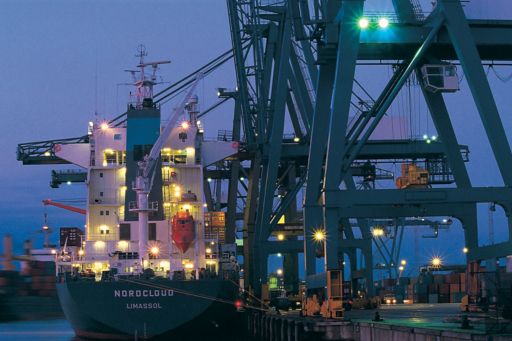Shipping industry financing difficulties and alternative financing
Shipping industry financing difficulties
Momentum for shipping industry is not too optimistic. The Baltic Dry Index (BDI), is almost 100% up in the last two months but even though dry bulk vessels barely achieve operating break-even rates. Assets prices, especially for dry bulk, are very low. Apart from the significant decline of the freight market the vessel asset prices are also materially influenced by several more factors, availability of cheap capital being the primary driver among them.

* By John Thomopoulos, Manager, Audit
Momentum for shipping industry is not too optimistic. The Baltic Dry Index (BDI), is almost 100% up in the last two months but even though dry bulk vessels barely achieve operating break-even rates. Assets prices, especially for dry bulk, are very low. Apart from the significant decline of the freight market the vessel asset prices are also materially influenced by several more factors, availability of cheap capital being the primary driver among them.
Shipping industry financing remains to be expensive. Most shipping banks have already left shipping and a few more have been divesting shipping loan portfolios as fast as practically possible.Banks selected concentrated credit risk when interest rates were low. Consequently, banks focused on very specific projects.
Central banks and various regulators request high credit assets as collateral, pushing banks to do business for what it is considered safe and not necessarily economic. In the bank’s point of view, over-concentration on one account and asset class are clearly preferable.
For the above reasons, shipping companies are increasingly exploring alternative financing options.
Asian export credit agencies
Export credit agencies (ECAs) is a stable source of financing to the shipping industry, especially to shipping companies which order new vessels at their domestic shipyards. ECAs are related with government regulatory bodies. The world’s largest ECA, Export Import Bank of China (CEXIM), is governed by the Chinese government. Before the financial crisis, ECAs accounted for approximately 10 percent of shipping and offshore-related debt finance; now, their share has increased to more than 33 percent, amounting to US$15 billion a year. In July 2015, CEXIM provided financing worth US$1 billion to French liner CMA CGM.
Capital markets
The shipping industry gains an added advantage from capital markets, since they are able to issue debt with longer maturities and fixed interest rates. Traditionally, initial public offers (IPOs) became popular among investors. However, as freight rates remain low, the attractiveness of IPOs is considerably low. Private equity (PE) funds are focusing on opportunistic investment options. Certain capital management companies are creating funds worth billions which are specifically focused on the shipping industry and real estate market. PE funds provide flexibility in extending credit. They also extend loans to riskier projects that banks are restricted from providing.
Collaborative financing
An increased number of collaborations between the majority of European banks and Asian financial institutions to establish themselves in the Asian growth market, has took place the last years. The collaborations enable Asian companies to finance new-builds and purchase new ships. For instance, HSH Nordbank collaborated with EXIM Bank of Korea to finance Korean and international shipping companies, and provided export financing, loan syndication and refinancing.
The financing landscape will depend on the performance of the shipping industry. However, along with the changes that are requested from the banks side, the shipping industry has to explore more seriously alternative sources of financing in order to secure the funding of new vessels and remain competitive.
© 2025 KPMG Certified Auditors S.A., a Greek Societe Anonyme and a member firm of the KPMG global organization of independent member firms affiliated with KPMG International Limited, a private English company limited by guarantee. All rights reserved.
For more detail about the structure of the KPMG global organization please visit https://kpmg.com/governance.